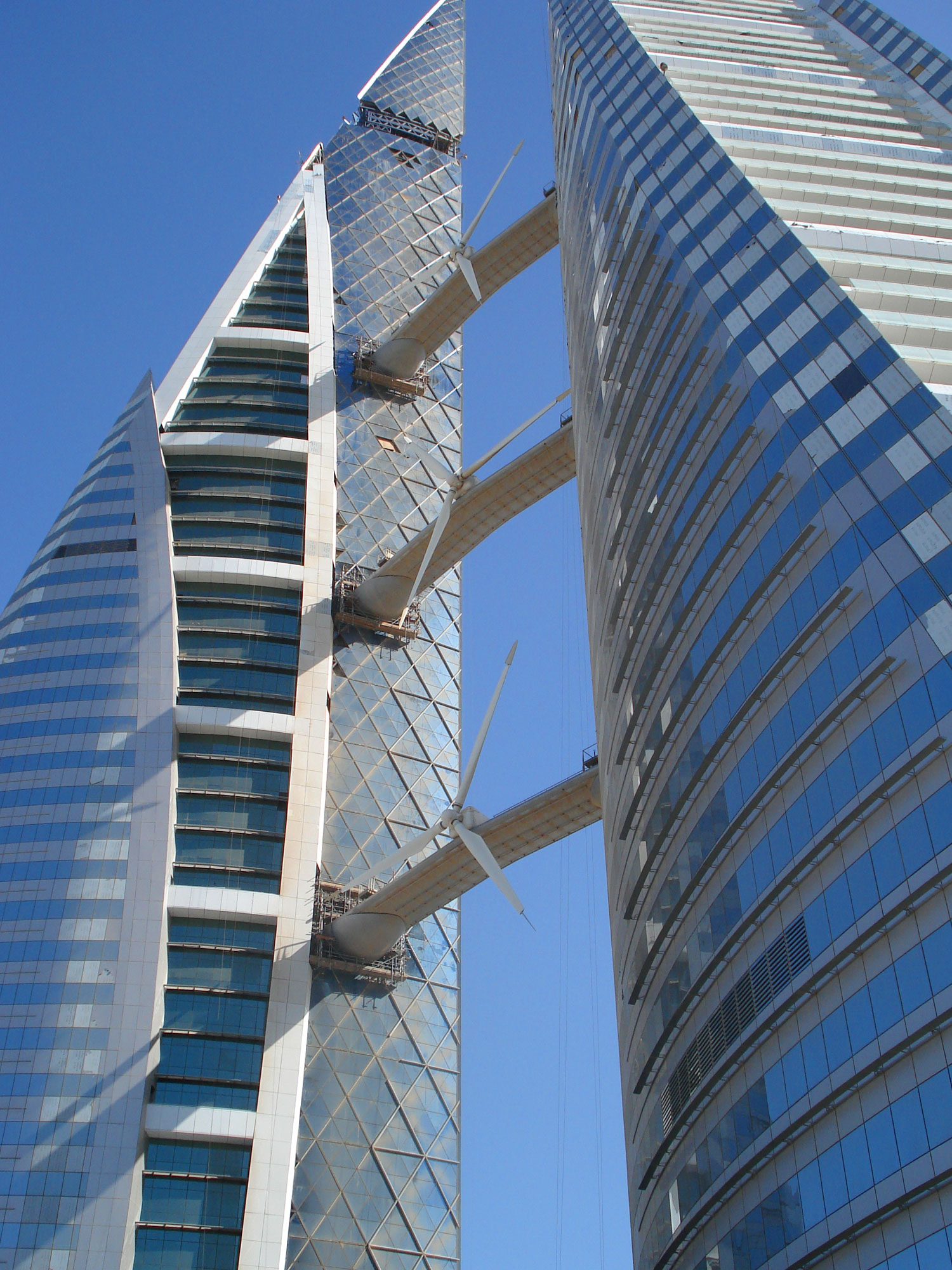

The interest of Sustainable Architecture focuses on two large areas. One of them is the reduction of pollution in all phases of construction and the other is the reduction of environmental impact. But what are the principles of sustainable architecture? And on the other hand, what are the main advantages of this type of architecture? To learn more about the bases of sustainable architecture, let's continue.There are several points that are the pillars of sustainable architecture:
• The use of materials requires a thorough preliminary study, since many of the materials that are commonly used in construction are toxic due to the large amount of solvents, dusts and harmful agents they possess. The environmental architecture strives to use recycled materials, greatly reducing the consumption of raw materials and of course, reducing the amount of waste.
• It is necessary to plan the work taking into account the local climate. Aspects such as the use of natural light depending on the latitude of the land, or natural ventilation are essential to optimise the resources that will finally be consumed once the building is operational.
• Minimisation of global energy consumption of construction during all its development phases.
• A saving in water consumption must be provided through systems that take advantage of rain to obtain water intended for sanitary use, irrigation or drinking water consumption.
• Having an insulation system that contributes to energy savings is essential. This will keep the internal spaces warm in winter and cool in summer.
Thanks to the management strategy proposed by architects who are committed to sustainable architecture, it allows to reduce electrical, mechanical and structural systems to a minimum, always looking to propose a more efficient integrated design, and therefore, low cost. Very opposite of what is thought, sustainable architecture is more economical.

The reduction of pollutants around daily life is real, and therefore the improvement of the health of the inhabitants.
